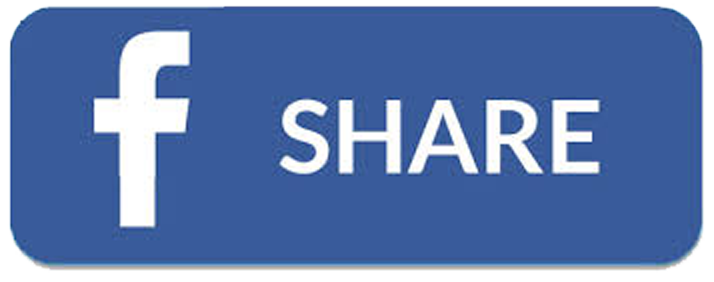How to fuel your body for your nutritional needs
Women’s nutritional needs can change depending on their life stage.
While the foundations of a healthy diet always ring true, there are a couple of key nutrients women need to be aware of to support their ever-changing bodies and be able to live an active lifestyle.
Iron
Women are at a higher risk of developing iron deficiency due to monthly blood loss. If we lose too much iron, we can become anaemic, which can lead to fatigue and weakness. To help keep your iron stores high, aim for 2 ½ serves of animal-based protein sources every day2. Examples of one serve of protein include:
- 2 boiled eggs, or
- 100g of cooked fish, or
- 65g of cooked red meat.
Plant-based protein sources contain iron that is less easily absorbed however, these foods are still a great way to boost iron intake.
Examples of one serve of plant-based protein include:
- 1 cup of beans or lentils, or
- 170g of tofu, or
- 30g of nuts and seeds.
Vitamin C can also help our bodies absorb iron. Try having a piece of fruit after an iron-rich meal to boost your iron uptake.
Calcium and Vitamin D
Women are at greater risk of developing brittle bones, known as osteoporosis, later in life. Calcium and vitamin D can help protect bone health. Post-menopausal women should aim for four serves of dairy or dairy alternatives per day to help reach their calcium requirements.
Examples of one serve of dairy include:
- 1 cup of cow’s milk or 1 cup of calcium-fortified plant milk, or
- 40g of hard cheese, or
- 200g of yoghurt.
Some foods contain traces of vitamin D, but our greatest source of vitamin D is the sun. In summer, when UV levels are high, only a few minutes of sun exposure is required to help maintain healthy vitamin D levels, while winter requires slightly longer, and it is recommended to get active outdoors in the middle of the day. While outdoors, remember to maintain sun safe practices. It’s important to note, spending longer in the sun will not increase your vitamin D levels.
Fibre and Water
Irritable bowel syndrome (IBS) is common among women, and can have uncomfortable side effects like bloating, constipation, or diarrhoea. Fibre and water are essential for healthy living and can help alleviate some of the symptoms associated with IBS. Regular physical activity can also help to ease the symptoms of IBS.
Women need 25g of fibre every day. To achieve this amount, include the following items in your day:
- 100g rolled oats, and
- 100g cooked wholemeal pasta, and
- 2 slices of wholegrain bread, and
- 1 apple.
When we eat fibre, it’s important to drink enough water. Too much fibre with too little fluid can lead to constipation, so aim for at least two litres of water every day. Keep a full drink bottle on hand so you’ve always got water nearby!
Salmon Soba Noodle Salad
Method
- Boil noodles for 3-5 minutes or until al dente. Drain water and fill pot with cold water. Set aside.
- Heat pan with half the sesame oil on medium heat and place the salmon fillets skin down. Cook salmon fillets for 3 -5 minutes on skin side and then turn over to cook for another 2 minutes and set aside.
- In a large salad bowl, add vegetables, and pumpkin seeds.
- Pour vinegar, remainder of sesame oil and soy sauce over salad and combine well.
- Drain noodles. Mix through salad.
- To serve, divide the noodle salad between bowls and serve salmon on top.
Ingredients
- 1 packet of soba noodles
- 1 tbsp sesame oil
- 4 salmon fillets (approximately 80–120g per fillet), skin on
- ¼ red onion, sliced finely
- 1 carrot, grated
- 1 small Lebanese cucumber, halved, slice diagonally
- 1 red capsicum, sliced finely
- 3 cups of rocket, chopped roughly
- ¼ cup pumpkin seeds (pepitas)
- 4 tbsp balsamic vinegar
- 3 tbsp rice wine vinegar
- 2 tbsp soy sauce
References:
- The Better Health Channel. Iron [Internet]. Updated 2019 Nov 17 [cited 2021 May 11]. Available from: https://www.betterhealth.vic.gov.au/health/conditionsandtreatments/iron
- National Health and Medical Research Council (2013) Australian Dietary Guidelines Summary. Canberra: National Health and Medical Research Council. Available from: https://www.eatforhealth.gov.au/sites/default/files/content/The%20Guidelines/n55a_australian_dietary_guidelines_summary_131014_1.pdf
- The Better Health Channel. Osteoporosis [Internet]. Updated 2019 Mar 4 [cited 2021 May 19]. Available from: https://www.betterhealth.vic.gov.au/health/conditionsandtreatments/osteoporosis
- SunSmart. UV and vitamin D. Available from: https://www.sunsmart.com.au/uv-radiation/uv-and-vitamin-d
Last updated: May 27, 2024 at: 1:59 pm
